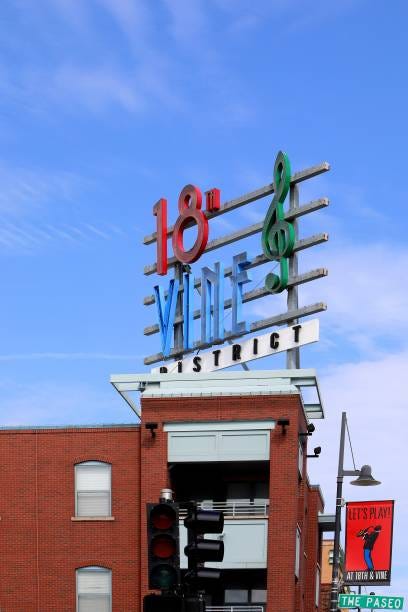The Revival Of Black Town Centers
They were born of a segregated past, but offer wealth-generating opportunities for the future.
A sign introducing the 18th and Vine historic commercial district in Kansas City, MO. Source: gettyimages.com
In honor of Black History Month, I annually write some piece that honors the significance and impact of the contributions of Black people on the American urban environment. In the past I’ve written about the people, historical and in the present-…
Keep reading with a 7-day free trial
Subscribe to The Corner Side Yard to keep reading this post and get 7 days of free access to the full post archives.



